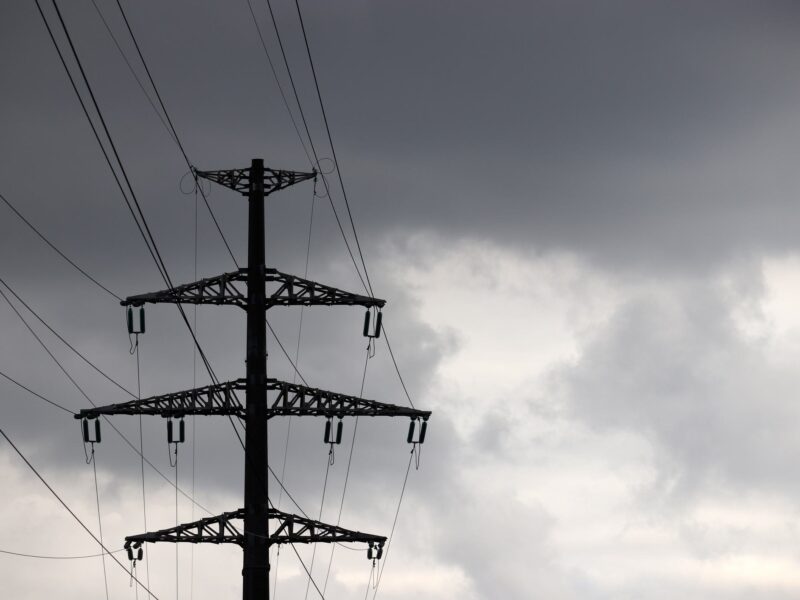NSF-Funded Project To Enhance Resilience In Next-Generation Wireless Systems

Texas A&M University researchers have received a grant from the National Science Foundation’s (NSF) Resilient & Intelligent NextG Systems (RINGS) program. The three-year, $1 million project aims to advance the resiliency of next-generation wireless and mobile communication, networking, sensing and computing systems.
Krishna Narayanan, the Eric D. Rubin ’06 Professor in the Department of Electrical and Computer Engineering at Texas A&M, will serve as the lead principal investigator of the project. Narayanan will be working alongside co-principal investigators, professor Jean-Francois Chamberland and associate professor Sebastian Hoyos from electrical and computer engineering, and Sunay Palsole, assistant vice chancellor for engineering remote education in the College of Engineering.
Currently, a primary focus for cellular providers is the peak data rate on the downlink, or the fastest data transfer rate available from the internet to a cellular device. This means that depending on a person’s location and accessibility to a base station or cell tower, they may occasionally have an excellent connection and high-speed access to the network. Apps, for example, will perform well at that moment, but not at times when accessibility to a cell tower is limited. For this project, Narayanan and his team are looking at ways to expand the resiliency of the network and build an infrastructure to allow for consistently reliable access to the network, regardless of location or other factors that impact current connectivity rates.
Many applications need a more resilient, reliable connection to a base station. This project not only aims to advance the resiliency of devices such as cell phones, but it also looks to open new doors for many types of systems — such as machines, surveillance cameras, autonomous vehicles, remote sensors, etc. — that connect to base stations.
The team will pursue the idea of using cell-free systems where a device may be connected to multiple base stations at the same time to improve resiliency. Every device encodes the data in exactly the same way, without the base station telling them how to pick the parameters for how to encode their data. The team has been at the forefront of research in designing these unsourced random access schemes.
While Narayanan, Chamberland and Hoyos are focused primarily on the research, Palsole will lead an educational outreach aspect of the project. This effort will include the creation of educational modules and their dissemination for broad use by students at other universities and by engineers in the industry.
A distinct facet of this project is that, in addition to government funding, the RINGS program also features industry partners who provide an opportunity for researchers to receive pertinent feedback and information on their perspectives and challenges related to current wireless systems. This collaboration ensures the rapid transition of ideas from academia to industry.
“The opportunity to actually get feedback from companies and learn about problems that are of actual interest to them is one of the most exciting things for me in this project,” Narayanan said.
The NSF RINGS program is partnered with the Office of the Under Secretary of Defense for Research and Engineering, the National Institute of Standards and Technology and a number of industry partners. The project was also endorsed by the United Nations Decade of Ocean Science for Sustainable Development.
This article by Rachel Rose originally appeared on the College of Engineering website.





